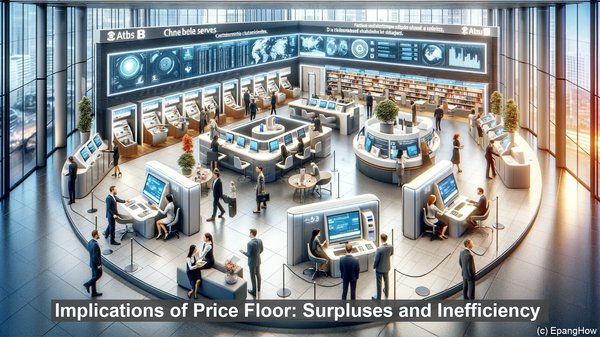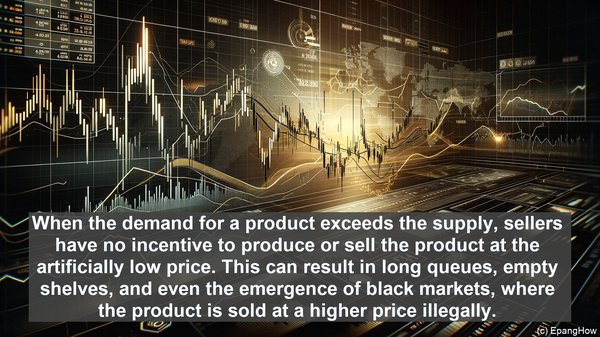Introduction: The Role of Government in Markets
Hello everyone, and welcome to today’s article. We often hear about the government’s involvement in markets, especially when it comes to setting prices. Two common terms you may have come across are ‘price ceiling’ and ‘price floor.’ In this article, we’ll delve into the nuances of these concepts and explore their impact on market dynamics.

Defining Price Ceiling: An Upper Limit on Prices
Let’s start with price ceiling. As the name suggests, it is an upper limit imposed by the government on how high a price can be charged for a particular good or service. The intention behind a price ceiling is often to protect consumers from exorbitant prices, especially during times of crisis or when the market is highly competitive. For example, during a natural disaster, the government may impose a price ceiling on essential commodities like food and water to prevent hoarding and ensure affordability for all.
Understanding Price Floor: A Lower Limit on Prices
On the other hand, a price floor is a minimum price set by the government, ensuring that sellers do not sell a product or service below that specified price. Price floors are often implemented to protect producers, particularly in industries where the cost of production is high. A classic example of a price floor is the minimum wage, where the government sets a base hourly rate that employers must pay their workers. This ensures that workers receive a fair wage and are not exploited.
Implications of Price Ceiling: Shortages and Black Markets
While price ceilings may seem beneficial at first glance, they can have unintended consequences. By artificially capping prices below the market equilibrium, a price ceiling often leads to shortages. When the demand for a product exceeds the supply, sellers have no incentive to produce or sell the product at the artificially low price. This can result in long queues, empty shelves, and even the emergence of black markets, where the product is sold at a higher price illegally.
Implications of Price Floor: Surpluses and Inefficiency
Similarly, price floors can also have negative repercussions. By setting a minimum price above the market equilibrium, a price floor often leads to surpluses. When the price is artificially high, the quantity demanded decreases, while the quantity supplied increases. This can result in excess inventory and wastage. Moreover, price floors can create inefficiencies in the market, as resources may be allocated to the production of goods or services that are not in high demand, simply because the price is artificially high.

